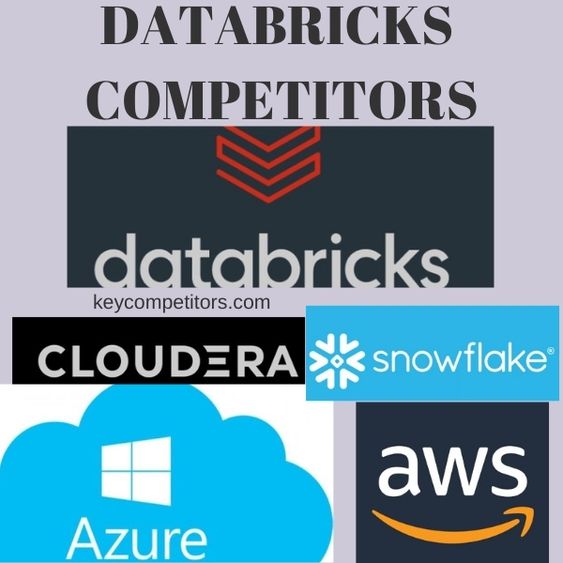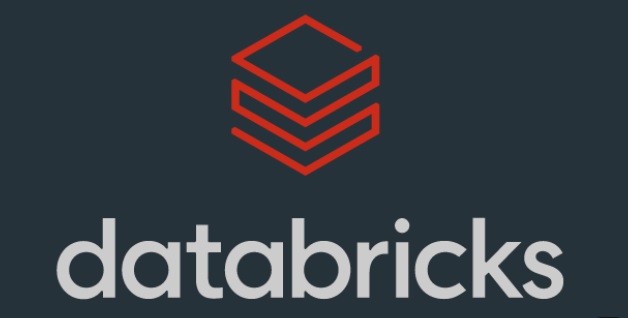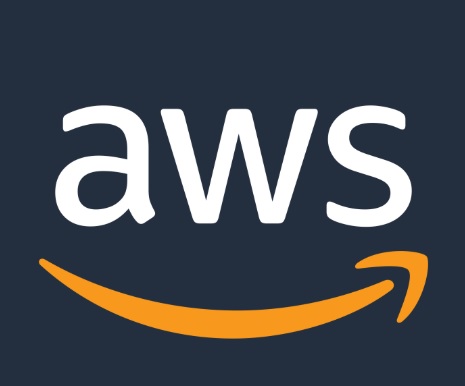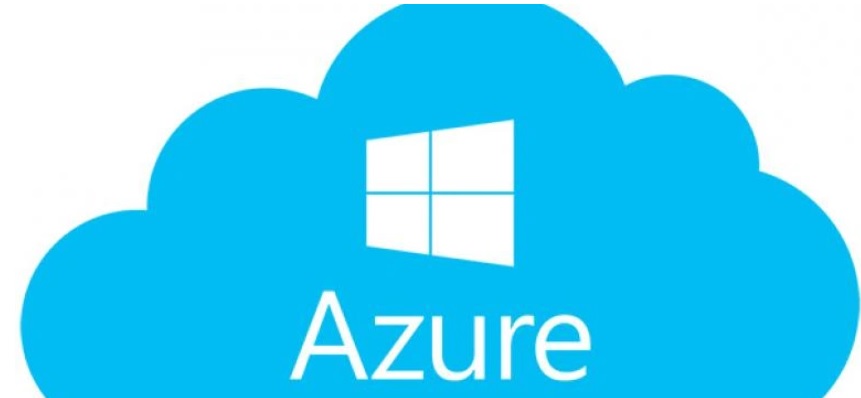Introduction
In today’s data-driven environment, organizations are increasingly relying on powerful data analytics, artificial intelligence (AI), and machine learning to guide business decisions. Databricks, a leader in unified analytics, has carved out a significant niche by providing a collaborative platform built on Apache Spark. However, it operates in a highly competitive arena, filled with tough rivals, including cloud service providers, data warehouse companies, and specialized big data platforms. Understanding the strengths and weaknesses of Databricks and its competitors will serve as a guide for companies seeking effective data solutions. They will likely map out their roadmaps accordingly.
The Big Data and AI Arena
Databricks offers a unified platform that allows data professionals to seamlessly collaborate by integrating data engineering, data science, and machine learning.

As businesses move toward cloud-based solutions and the demand for real-time analytics increases, competition intensifies. In particular, major players such as Snowflake, Amazon Web Services (AWS), Google Cloud Platform (GCP), Microsoft Azure, and Cloudera are all competing for market share, each striving to offer better deals to their customers.
Databricks Competitors Overview
| Feature | Databricks | Snowflake | Amazon Web Services (AWS) | Google Cloud Platform (GCP) | Microsoft Azure | Cloudera |
| Founded | 2013 | 2012 | 2006 | 2008 | 2010 | 2008 |
| Founders | Apache Spark Team | Benoit Dageville, Thierry Cruanes, Marcin Żukowski | Andy Jassy | Part of Google | Part of Microsoft | Amr Awadallah, Christophe Bisciglia, Jeff Hammerbacher |
| CEO | Ali Ghodsi | Frank Slootman | Adam Selipsky | Thomas Kurian | Satya Nadella | Jeff Hawn |
| Employees | ~7,000 | ~5,000 | ~1,500,000 | ~150,000 | ~220,000 | ~3,000 |
| Headquarters | San Francisco, USA | Bozeman, USA | Seattle, USA | Mountain View, USA | Redmond, USA | Santa Clara, USA |
Market Share (Approximate) of the Databricks Competitors
- Databricks: ~20% (strong growth in the unified data analytics and AI platform market)
- Snowflake: ~18% (leading cloud data platform with a focus on data warehousing)
- AWS: ~32% (dominant cloud provider with extensive data services)
- GCP: ~9% (rapid growth in data analytics and AI markets)
- Microsoft Azure: ~18% (enterprise-focused cloud data platform)
- Cloudera: ~3% (Hadoop-based big data market player)
Product Range of the Databricks Competitors
Each competitor has its own range of products targeted towards different kind of businesses:
- Databricks: Lakehouse Platform, Delta Lake, Machine Learning Runtime, Databricks SQL.
- Snowflake: Data Cloud with advanced data warehousing and integration capabilities.
- AWS: Amazon S3, Redshift, EMR, SageMaker, and a wide range of other data services.
- GCP: BigQuery, Cloud Storage, Dataproc, and Vertex AI for advanced analytics.
- Azure: Synapse Analytics, Data Lake Storage, HDInsight, and Machine Learning Studio.
- Cloudera: Data Platform (CDP) with Hadoop and Spark capabilities.
Financial Performance (2024 Estimates) of the Databricks Competitors
| Metric | Databricks | Snowflake | AWS | GCP | Microsoft Azure | Cloudera |
| Revenue ($B) | $1.9 | $2.6 | $80.1 | $30.0 | $110.0 | $1.0 |
| Net Income ($B) | N/A | $0.1 | $22.9 | $5.0 | $39.4 | -$0.1 |
| Operating Margin (%) | N/A | 2.3 | 28.6 | 16.7 | 35.8 | -10.0 |
(Note: Databricks is a private company, so some financial details are estimates.)
Strengths and Weaknesses of Databricks Competitors
Databricks

- Strengths:
- Offers a unified data and AI platform that enhances collaboration among data teams.
- High scalability, suitable for both small and large datasets.
- Strong open-source foundation, leveraging Apache Spark for data processing.
- Weaknesses:
- The platform can be complex for new users, requiring a steeper learning curve.
- As a newer entrant compared to some competitors, it may lack certain features that have been established in the market.
Snowflake

- Strengths:
- Cloud-native architecture that allows for easy scalability and management.
- Highly praised for its user-friendly interface, making it accessible for non-technical users.
- Weaknesses:
- Higher cost compared to some alternatives, which may deter cost-sensitive businesses.
- Limited capabilities in AI and machine learning compared to Databricks.
AWS

- Strengths:
- Largest market share in the cloud space, offering a wide array of data services.
- Continuous innovation and a comprehensive suite of tools for various data needs.
- Weaknesses:
- The complexity of the platform can overwhelm new users, leading to potential misconfigurations.
- Overlapping services may create confusion in choosing the right tools for specific tasks.
GCP

- Strengths:
- Strong focus on AI and machine learning, with innovative solutions like BigQuery.
- Competitive pricing and flexible options for various data workloads.
- Weaknesses:
- Smaller market share compared to AWS and Azure, which may limit community support and resources.
- Some users report inconsistencies in performance and service reliability.
Microsoft Azure

- Strengths:
- Strong enterprise adoption, particularly among businesses already using Microsoft products.
- Seamless integration with existing Microsoft tools and services, enhancing productivity.
- Weaknesses:
- Some Azure services may lack maturity and features compared to AWS and GCP.
- Complex licensing models can lead to confusion and unexpected costs.
Cloudera

- Strengths:
- Established presence in Hadoop-based big data solutions, making it a reliable choice for traditional data workloads.
- Weaknesses:
- Struggling to transition to cloud-native solutions, which may limit its appeal to modern businesses.
- Perceived as less innovative compared to other competitors.
Future Plans and Investments of the Databricks Competitors
- Expansion of AI and Machine Learning Capabilities: Databricks is committed to enhancing its machine learning tools to better serve data scientists and engineers.
- Enhancement of the Lakehouse Platform: Continuous improvements to its Lakehouse architecture will ensure it meets evolving customer needs.
- Global Partner Ecosystem Growth: Databricks is actively expanding partnerships to enhance its service offerings and reach.
- Investment in Real-Time Analytics and Data Governance: Focusing on real-time data processing capabilities to support immediate business decision-making.
- Strengthening Multi-Cloud Support: Ensuring interoperability across different cloud environments to cater to diverse customer infrastructures.
- Data Security and Governance Investments: Snowflake is prioritizing advancements in data security and governance to meet regulatory requirements.
- Real-Time Data Processing Enhancements: Expanding its capabilities for real-time data analytics and integration.
- Partnerships with AI and Data Analytics Firms: Collaborating with industry leaders to enhance its product offerings and capabilities.
- AI and Machine Learning Tool Expansion: AWS continues to introduce new AI tools and services to maintain its competitive edge.
- Global Cloud Infrastructure Strengthening: Ongoing investments in expanding its data centers and services worldwide.
- Cost-Optimization Solutions: Developing new pricing models and tools to help customers manage costs effectively.
- BigQuery Enhancements: Continued investment in making BigQuery more powerful and user-friendly.
- AI-Driven Solutions Expansion: GCP is focusing on integrating AI into its services, especially with Vertex AI.
- Compliance and Security Features Strengthening: Enhancing security protocols to protect customer data.
- Azure Synapse Analytics Expansion: Investing in expanding its analytics capabilities to compete more effectively.
- Enterprise Integrations Improvement: Enhancements to streamline integrations with enterprise systems.
- Hybrid and Multi-Cloud Support Improvement: Focusing on enabling customers to manage workloads across different cloud environments seamlessly.
- Cloud-Native Solutions Focus: Cloudera is pivoting towards cloud-native architectures to stay relevant in the changing market.
- Real-Time Streaming Analytics Enhancement: Investing in improving real-time analytics capabilities to meet modern business demands.
Consumer Preferences and Experiences of The Databricks Alternatives
Understanding consumer preferences is vital for evaluating Databricks competitors. Key factors influencing customer choices include:
- Ease of Use: Snowflake is often highlighted for its intuitive interface, making it accessible for users with varying technical skills.
- Performance: Databricks is recognized for its high performance in handling large-scale data workloads, appealing to enterprises with significant data processing needs.
- Integration: AWS, Azure, and GCP are favored for their seamless integration within their respective ecosystems, which enhances overall productivity.
- Open Source Appeal: Databricks’ reliance on Apache Spark attracts organizations that prioritize open-source technologies.
- Cost Efficiency: While AWS and Azure offer flexible pricing, Databricks is noted for its efficiency in managing complex workloads, providing value for money.
Customer Satisfaction of the Databricks Alternatives
Customer satisfaction varies across platforms:
- Databricks: High ratings for its AI and data science capabilities, particularly among data professionals.
- Snowflake: Strong satisfaction scores due to its simplicity and robust customer support.
- AWS: While it boasts a large user base, some users find its complex navigation challenging.
- GCP: Generally positive reviews for its AI innovations, though some users report inconsistencies.
- Microsoft Azure: Favorable among enterprises but faces criticism for its complex licensing models.
Conclusion
As the demand for data analytics and AI solutions continues to grow, Databricks remains a formidable player in the market. However, it faces stiff competition from established giants like AWS, Azure, and GCP, as well as specialized platforms like Snowflake and Cloudera. Understanding the strengths and weaknesses of Databricks competitors is essential for organizations looking to optimize their data strategies. By carefully evaluating their options, businesses can make informed decisions that align with their unique needs and objectives in an increasingly complex data landscape. If you liked this review, you can also review our article on trending posts here. Best wishes from keycompetitors.com

